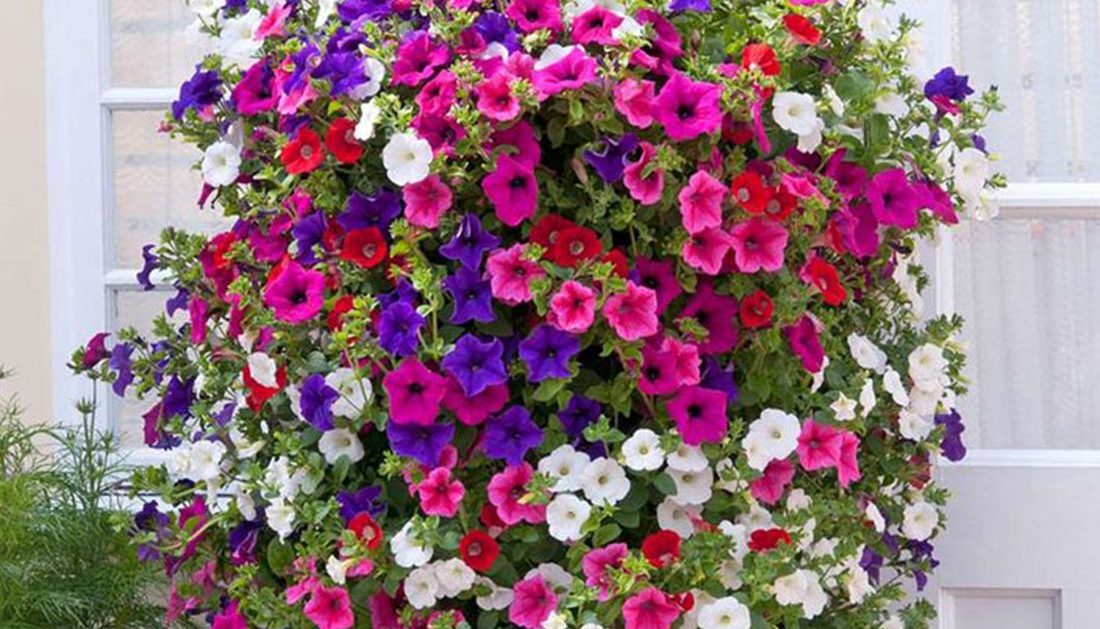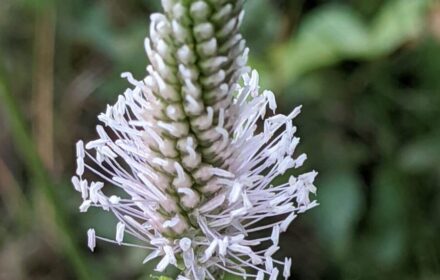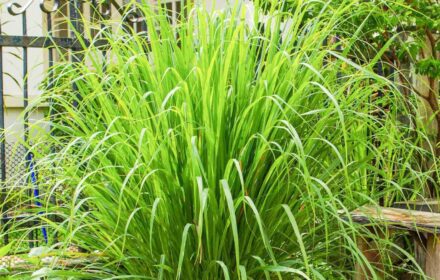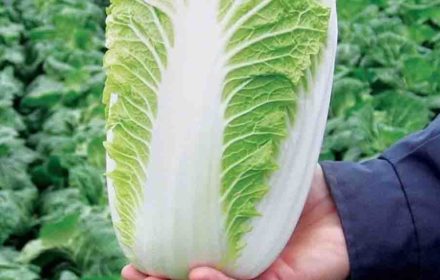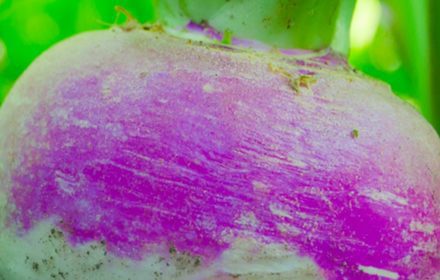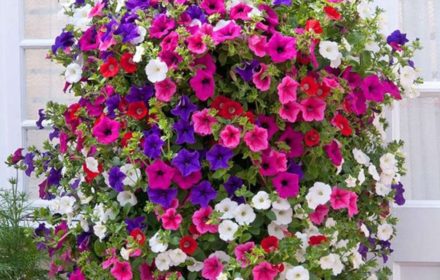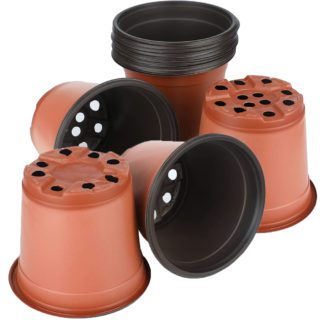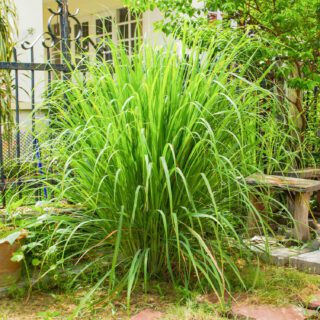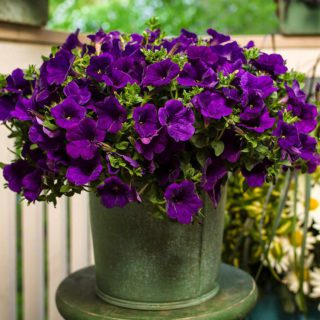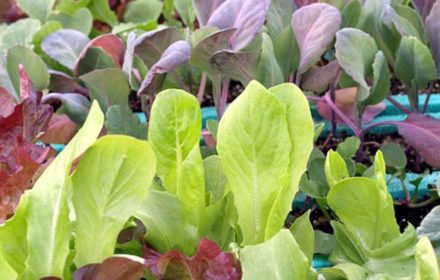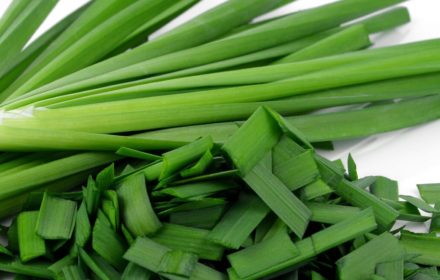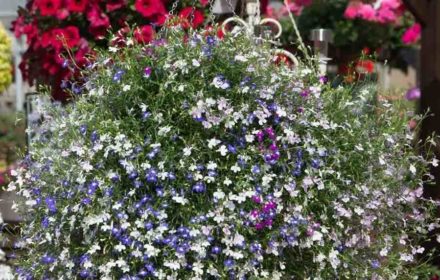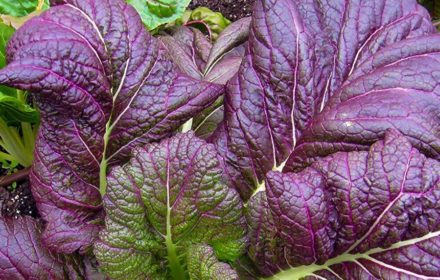How to Sow and Grow Trailing Petunia Seeds in the UK
Trailing petunias are a favourite among UK gardeners, known for their vibrant, cascading blooms in shades of blue, purple, pink, red, and white. With their long, trailing stems reaching up to 15 inches, they are ideal for hanging baskets, containers, planters, or borders. Their versatility and striking colours make them a stunning addition to any garden, creating a beautiful, flowing display.
Why Grow Trailing Petunias?
- Cascading Growth: Perfect for hanging baskets and containers with their trailing, flowing growth habit.
- Variety of Colours: Offers a range of stunning veined and double-coloured flowers.
- Long Blooming Period: Flowers throughout the summer, providing long-lasting beauty.
- Easy Maintenance: Once established, trailing petunias are low-maintenance and drought-tolerant.
When to Sow Trailing Petunia Seeds
- Indoors: Sow seeds indoors from late winter to early spring (January to April) to ensure early blooms.
- Greenhouse/Windowsill: Seeds can be started at any time indoors, provided temperatures are kept warm.
How to Sow Trailing Petunia Seeds
Preparing to Sow
- Containers: Use seed trays or small pots filled with fine-grade seed compost.
- Temperature: Maintain a temperature of 21-27°C (70-80°F) for optimal germination.
Sowing the Seeds
- Surface Sowing: Sprinkle seeds lightly on the surface of the compost. Do not cover them with soil, as petunia seeds require light to germinate.
- Press Lightly: Gently press the seeds into the compost to ensure good contact without burying them.
- Moisture: Mist the soil with water to keep it evenly moist but not waterlogged.
- Covering and Maintaining Humidity: Cover the pots or trays with clear polythene film, plastic wrap, or a propagator lid to retain moisture. Avoid placing them in direct sunlight, as excessive heat can dry out the seeds.
- Germination Period: Seeds typically germinate within 7-21 days under optimal conditions. Once seedlings emerge, place them in a bright location with indirect sunlight.
- Transplanting and Spacing: Once seedlings have developed two true leaves and are large enough to handle, transplant them into larger pots or trays. Space plants about 20-30 cm (8-12 inches) apart to allow room for growth and trailing stems.
Caring for Trailing Petunia Plants
- Watering: Water regularly to keep the soil moist but not soggy. Once established, petunias are drought-tolerant and require less frequent watering.
- Feeding: Feed every 2 weeks with a high-potassium fertilizer (like tomato feed) to encourage abundant flowering.
- Pruning: Pinch back the growing tips of young plants to encourage bushier growth. Deadhead spent blooms regularly to extend the flowering season.
- Support: For hanging baskets, ensure the stems are tightly packed to promote cascading growth.
Common Questions About Growing Trailing Petunias
- Can petunias be grown outdoors in the UK? Yes, once the danger of frost has passed (typically late spring), petunias can be planted outdoors in borders, beds, or containers.
- How long do petunias take to bloom from seed? Petunias generally take around 10-12 weeks from sowing to produce their first flowers.
- How do I prevent leggy growth in petunias? Provide adequate sunlight and pinch back young growth to encourage a bushier, more compact plant.
By following these steps, you can enjoy a stunning display of cascading petunias, enhancing your garden with vibrant colour and charm. Whether grown in baskets, borders, or planters, trailing petunias are a rewarding addition to any outdoor space.

